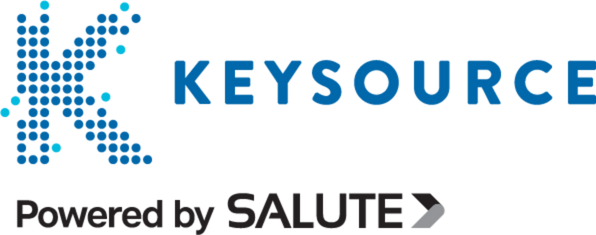It’s no great secret that data centres raise many environmental questions. According to Gartner, it’s predicted that 75% of data centres will employ some type of sustainability program by 2027.
Environmental concerns and cost optimisation drive the path toward sustainability. In short, it could be profitable to go green in today’s world.
So, what environmental issues must a data centre sustainability program examine?
Energy consumption
Data centres consume vast amounts of energy to power their servers and associated infrastructure. This incredible energy demand impacts greenhouse gas emissions and places additional burdens on electricity grids worldwide.
As the industry grows, this is becoming an even bigger problem. Today, it’s estimated that data centres use more fossil fuels than the entire global aviation industry.
Greenhouse gas emissions
Data centres often draw their energy from non-renewable sources, such as coal and natural gas. Due to this energy need, data centres are directly responsible for significant carbon dioxide emissions. It’s why data centres emit 300 megatons of CO2 annually.
Heat generation
During their day-to-day operations, data centres generate massive amounts of heat. All these facilities require intricate cooling systems to maintain optimal conditions.
These cooling mechanisms require energy, and improperly designed cooling systems can lead to excessive wastage.
Water usage
Water is often used as the primary medium for dissipating heat. In particular, large-scale data centres will use water-based cooling systems. This can tremendously strain local water supplies, especially in regions already facing drought conditions, such as California.
Electronic waste
The technology behind the average data centre changes all the time, and this means that data centre owners and operators must constantly implement upgrades and replacements for their equipment. Over time, this creates a tremendous amount of electronic waste.
Material use
Did you know that many of a data centre’s emissions come directly from its construction?
Various materials and chemicals are used to bring a data centre to life. These include:
- Cabling
- Fire suppression systems
- Cooling fluids
Improper management could lead to harmful substances making their way into the environment.
Land use
Where you build your data centre matters. Sometimes, data centres may require deforestation and disruption to local ecosystems to build. Unfortunately, large-scale data centres require massive amounts of space due to their physical infrastructure.











